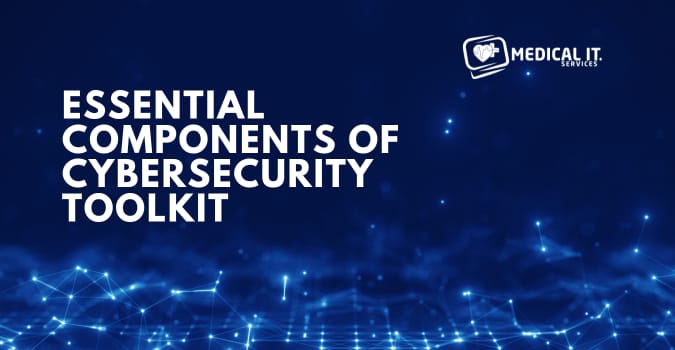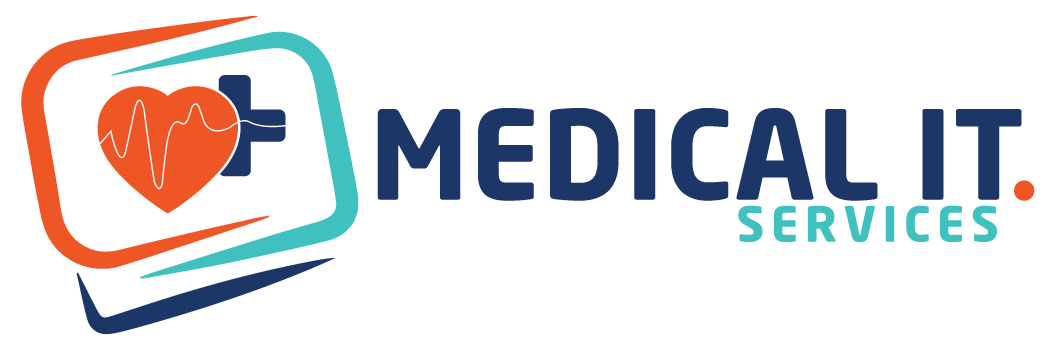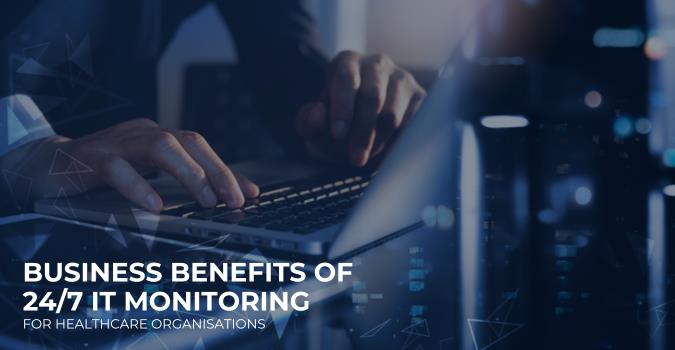Healthcare organisations rely on robust IT systems to manage patient records, facilitate telemedicine and support…

Essential Components of Cybersecurity Toolkit for Healthcare Industry
The healthcare industry is a prime target for cyber-attacks due to the sensitive nature of patient data and the reliance on interconnected systems for patient care. To address this issue, the Australian Government and related agencies have partnered with Medical IT Firms to create a robust cybersecurity toolkit for the healthcare sector.
CISA and HHS Release Cybersecurity Toolkit for Healthcare
Furthermore, the Cybersecurity and Infrastructure Security Agency (CISA), the Department of Health and Human Services (HHS), and the Health Sector Coordinating Council (HSCC) have collaborated to create a comprehensive Cybersecurity Toolkit for the healthcare industry. This toolkit aims to help healthcare organisations at every level build solid cybersecurity foundations, assess vulnerabilities, and proactively respond to cybersecurity threats. The toolkit includes the following essential components:
The Cybersecurity Toolkit includes the following essential components:
Cyber Hygiene Services:
Cyber hygiene services are the foundation of a healthcare cybersecurity toolkit. These services include vulnerability scanning, patch management, and configuration compliance scanning. Vulnerability scanning identifies weaknesses in the network and systems, while patch management ensures that all systems are up-to-date with the latest security patches. Configuration compliance scanning ensures that systems are configured correctly and by industry standards.
Health Industry Cybersecurity Practices:
Health Industry Cybersecurity Practices (HICP) is a set of guidelines developed by the Department of Health and Human Services (HHS) in collaboration with industry experts. HICP provides a framework for healthcare providers to assess and improve their cybersecurity posture. The guidelines cover various aspects of cybersecurity, including risk management, threat intelligence, incident response, and workforce training.
HPH Sector Cybersecurity Framework Implementation Guide:
The HPH Sector Cybersecurity Framework Implementation Guide is a comprehensive guide developed by HHS and the Health Sector Coordinating Council (HSCC) to help healthcare providers implement the NIST Cybersecurity Framework. The guide provides a step-by-step approach to cybersecurity risk assessment, including identifying, protecting, detecting, responding, and recovering from cyber threats.
Landscape & Threat Analysis:
Landscape and threat analysis is an essential component of a healthcare cybersecurity toolkit. This component provides real-time information on current cybersecurity threats and vulnerabilities. It helps healthcare organisations stay ahead of emerging cyber threats and adjust their security strategies accordingly.
Incident Response and Reporting:
Incident response and reporting are critical components of a healthcare cybersecurity toolkit. Healthcare Providers must have a robust incident response plan in place to respond to cyber-attacks. The plan should include procedures for containing the attack, identifying the root cause, notifying stakeholders, and restoring systems and data.
Implementing A Cybersecurity Toolkit for Healthcare
As healthcare organisations navigate the complexities of cybersecurity in the digital age, specialized services like MedicalIT.Services play a crucial role in implementing and managing a comprehensive healthcare cybersecurity toolkit. Here are some key steps:
Establish a Cybersecurity Team: Create a team of IT and security professionals responsible for overseeing the implementation and maintenance of the cybersecurity toolkit.
Conduct a Risk Assessment: Conduct a comprehensive risk assessment to identify, prioritize, and manage cybersecurity risks.
Develop a Cybersecurity Policy: Develop a clear and comprehensive cybersecurity policy that outlines the organisation’s cybersecurity goals, procedures, and expectations.
Deploy Security Tools and Technologies: Implement the necessary security tools and technologies to address the identified cybersecurity risks.
Educate Employees: Provide regular cybersecurity awareness training to all employees to promote best practices and reduce human error.
Monitor and Maintain: Continuously monitor cybersecurity threats, vulnerabilities, and incidents, and make updates to the toolkit as needed.
Summary:
The healthcare industry’s digital transformation brings numerous benefits, but it also exposes organisations to heightened cybersecurity risks. A comprehensive cybersecurity solution is essential to safeguard patient data and maintain the integrity of healthcare systems. By partnering with MedcialIT.Services and healthcare organisations can ensure the confidentiality, integrity, and availability of critical data in an increasingly interconnected and digital healthcare ecosystem.
Also Read:
How can Healthcare Organisations Improve their Cybersecurity Posture?




